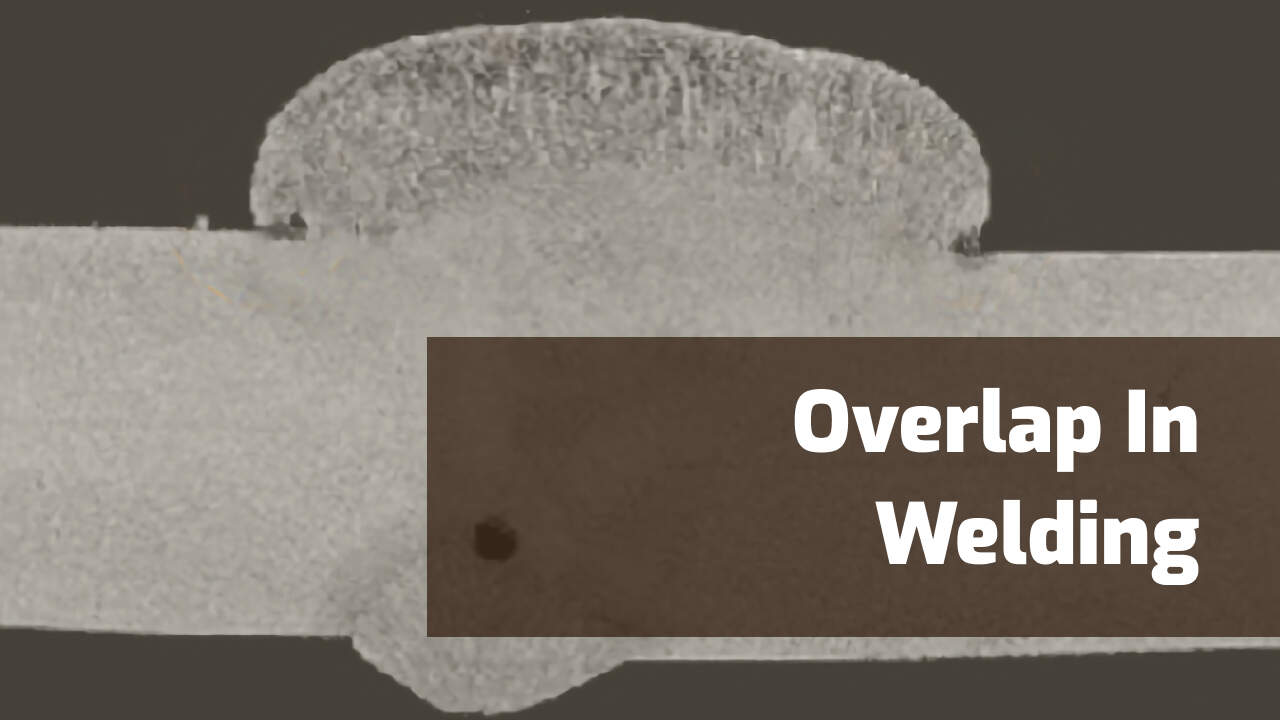Step-by-Step Overview to Preventing Weld Undercut in Different Metals
Step-by-Step Overview to Preventing Weld Undercut in Different Metals
Blog Article
A Comprehensive Guide to Identifying, Preventing, and Mending Undercut Welding Problems in Your Welding Jobs
In the realm of welding, experiencing undercut concerns is a typical obstacle that can jeopardize the architectural stability and total high quality of your welding tasks. Understanding the source behind undercut welding, having the ability to accurately identify it in your welds, and applying reliable preventative procedures are essential skills for any welder. In addition, having the understanding and methods to rectify undercut issues when they do happen can make a considerable distinction in the last end result of your welding endeavors. Keep tuned as we check out the vital elements of determining, avoiding, and fixing undercut welding troubles, supplying you with valuable understandings and approaches to elevate your welding skills to the next level.
Usual Root Causes Of Undercut Welding
Undercut welding, a typical issue in welding procedures, can be triggered by various aspects that need to be meticulously determined and resolved to make sure the honesty of the weld joint. One of the main causes of undercut welding is excessive warmth input.
Another common reason for undercut welding is improper welding strategy. Inadequate adjustment of the welding torch or weapon, wrong angle or distance between the workpiece and the lantern, or irregular travel rate can all add to the formation of undercut. Furthermore, making use of the wrong welding consumables or electrode size for a certain joint configuration can bring about undercut problems. Recognizing these root triggers and applying corrective steps is essential in stopping and fixing undercut welding problems in welding projects.
Identifying Undercut in Welds

To determine undercut precisely, correct lights and magnification tools are vital to evaluate the weld joint extensively. Using tools such as a welding scale or a magnifying glass can aid in spotting even the smallest undercut imperfections. Additionally, running a finger or a fingernail along the weld joint can sometimes reveal undercut, as the surface may feel uneven or have a dip where the undercut exists.
Preventative Measures for Undercut
Having a deep understanding of the reasons of undercut in welds allows for the execution of efficient preventive procedures to maintain weld top quality and integrity. These setups should be maximized to avoid too much heat input, which can lead to damage development.

Strategies for Repairing Undercut

Raising the welding existing or lowering the traveling rate can assist fill up in the undercut. Furthermore, Web Site altering the welding technique from a push to a drag or vice versa can additionally aid decrease undercut.
An additional method is to utilize a weaving motion while welding to ensure correct sidewall combination and fill in the undercut. By oscillating the welding arc back and forth within the weld joint, the welder can deposit more filler product right into the undercut areas, efficiently eliminating the issue.
Additionally, grinding out the undercut and rewelding the joint can be a viable remedy for a lot more severe undercut concerns - Preventing weld undercut. This process entails eliminating the undercut area, preparing the base metal, and afterwards rewelding the joint with appropriate welding specifications and strategies to prevent undercut from persisting

Professional Tips for Preventing Undercut
Using appropriate welding methods and maintaining control over key welding criteria are critical approaches for welders intending to stop undercut in their weld joints. One professional suggestion for avoiding undercut is to ensure correct joint prep work. This involves cleansing the base steel completely to remove any kind of pollutants that could lead to damage formation. Additionally, selecting the suitable welding process and filler steel for the certain application can help protect against undercut. Welders must likewise pay close attention to the welding existing and voltage settings, guaranteeing they are within the suggested range to stay clear of overheating and possible undercut. Preserving a consistent traveling speed throughout the welding process is one more important tip to stop undercut. By moving this website at a constant speed, welders can make certain appropriate fusion and minimize the likelihood of undercut development. Lastly, checking the weld grain after completion can aid identify any type of signs of undercut early on, permitting for immediate rehabilitative action to be taken.
Verdict
In conclusion, identifying, preventing, and dealing with undercut welding problems in your welding projects is essential for guaranteeing solid and durable welds. Preventing weld undercut. By understanding the common reasons for undercut, being able to identify it in welds, implementing preventive steps, and utilizing proper techniques for fixing undercut, you can avoid potential issues and develop high-quality welds. Following expert tips for avoiding undercut can aid you boost your welding abilities and create better lead to your tasks
Undercut welding, an usual problem in welding processes, can be caused by numerous aspects that need to be thoroughly identified and resolved to make sure the stability of the weld joint. Additionally, running a finger or a finger nail along the weld joint can often expose undercut, as the surface might feel irregular or have a dip where the undercut exists.
Making use of appropriate welding techniques and keeping control over essential welding parameters are essential approaches for welders intending to avoid undercut in their weld joints.In verdict, determining, avoiding, and dealing with undercut welding issues in your welding projects is vital for guaranteeing durable and solid welds. By understanding the usual causes of undercut, being able to recognize it click site in welds, executing preventative steps, and making use of proper strategies for fixing undercut, you can stay clear of potential problems and create premium welds.
Report this page